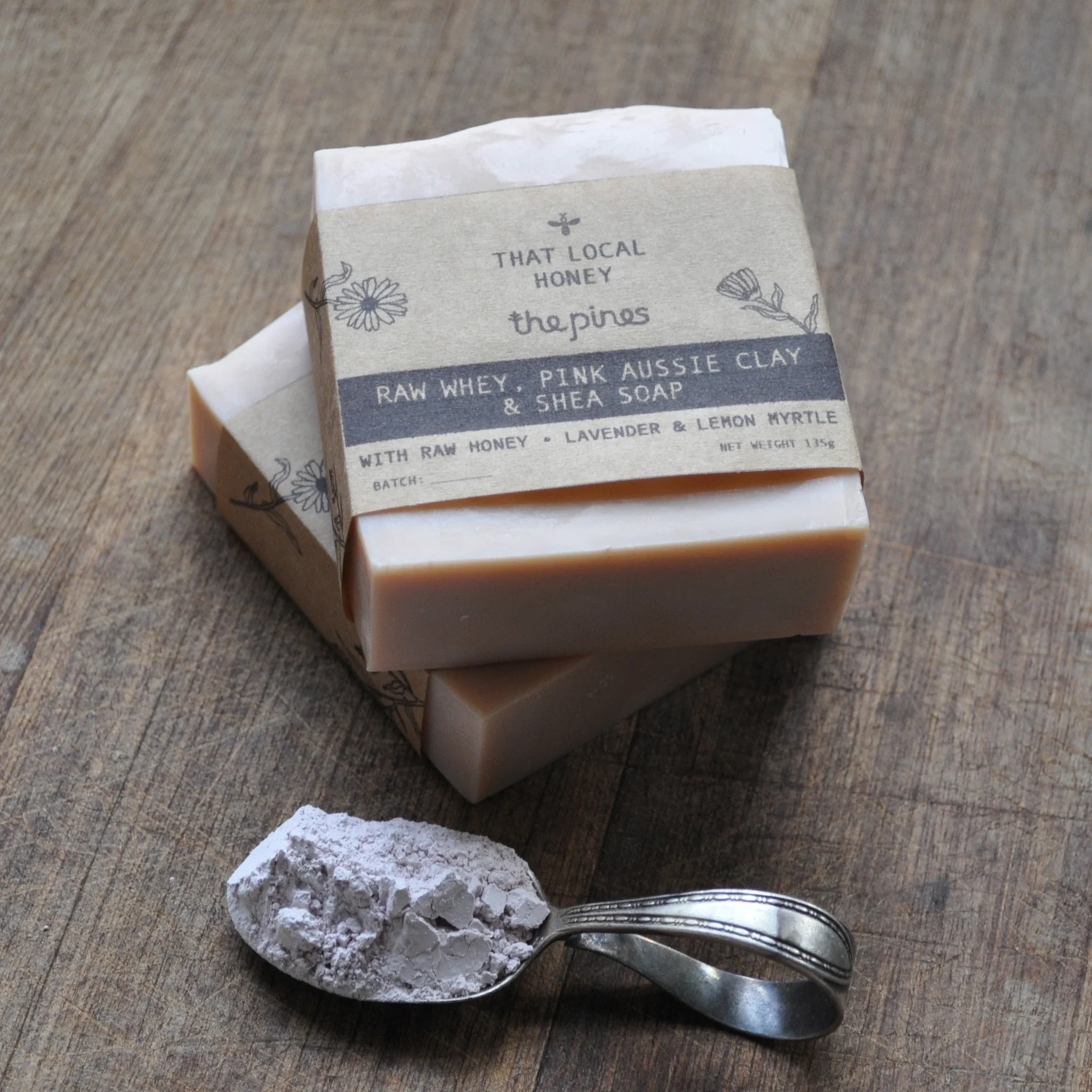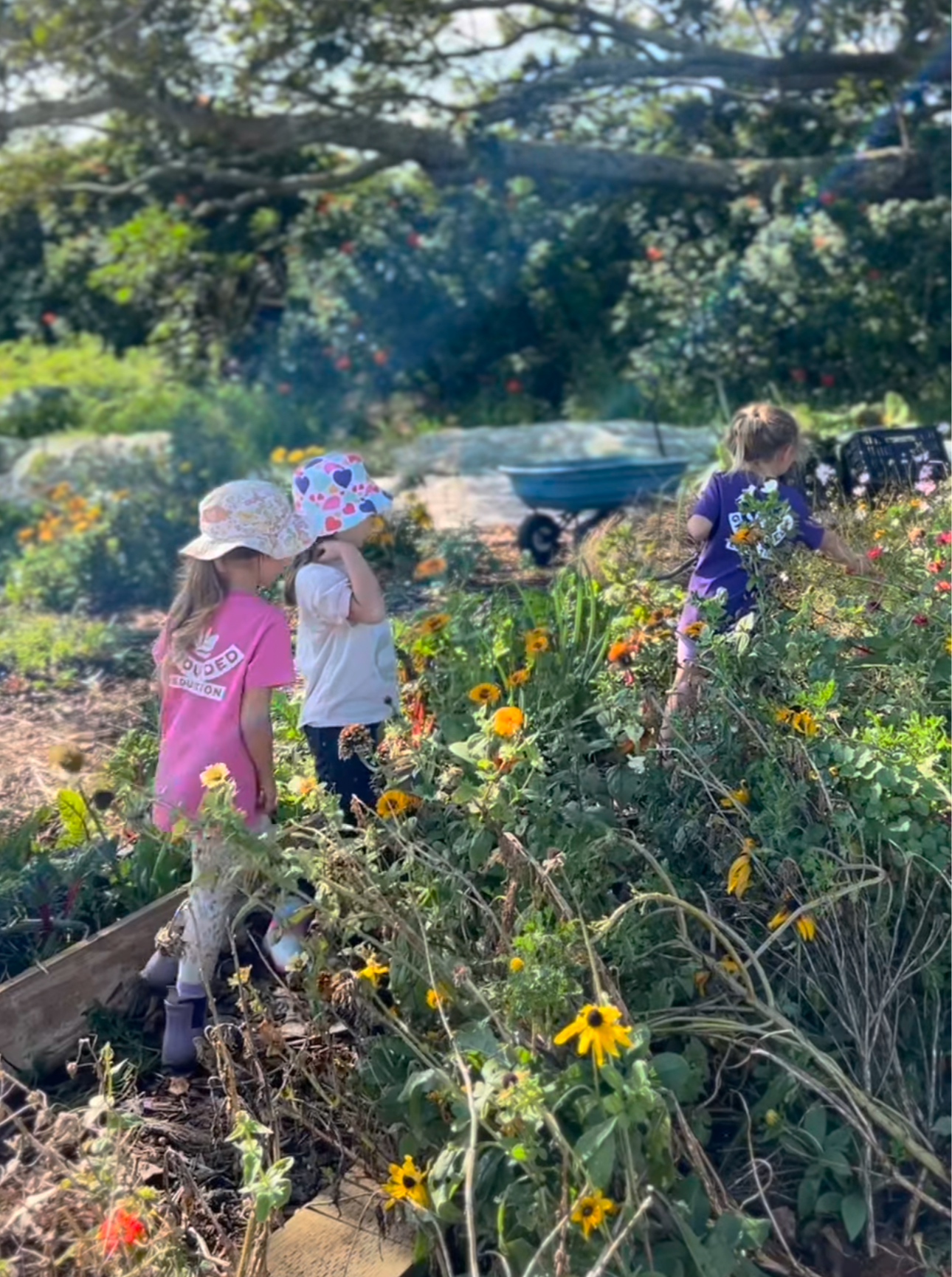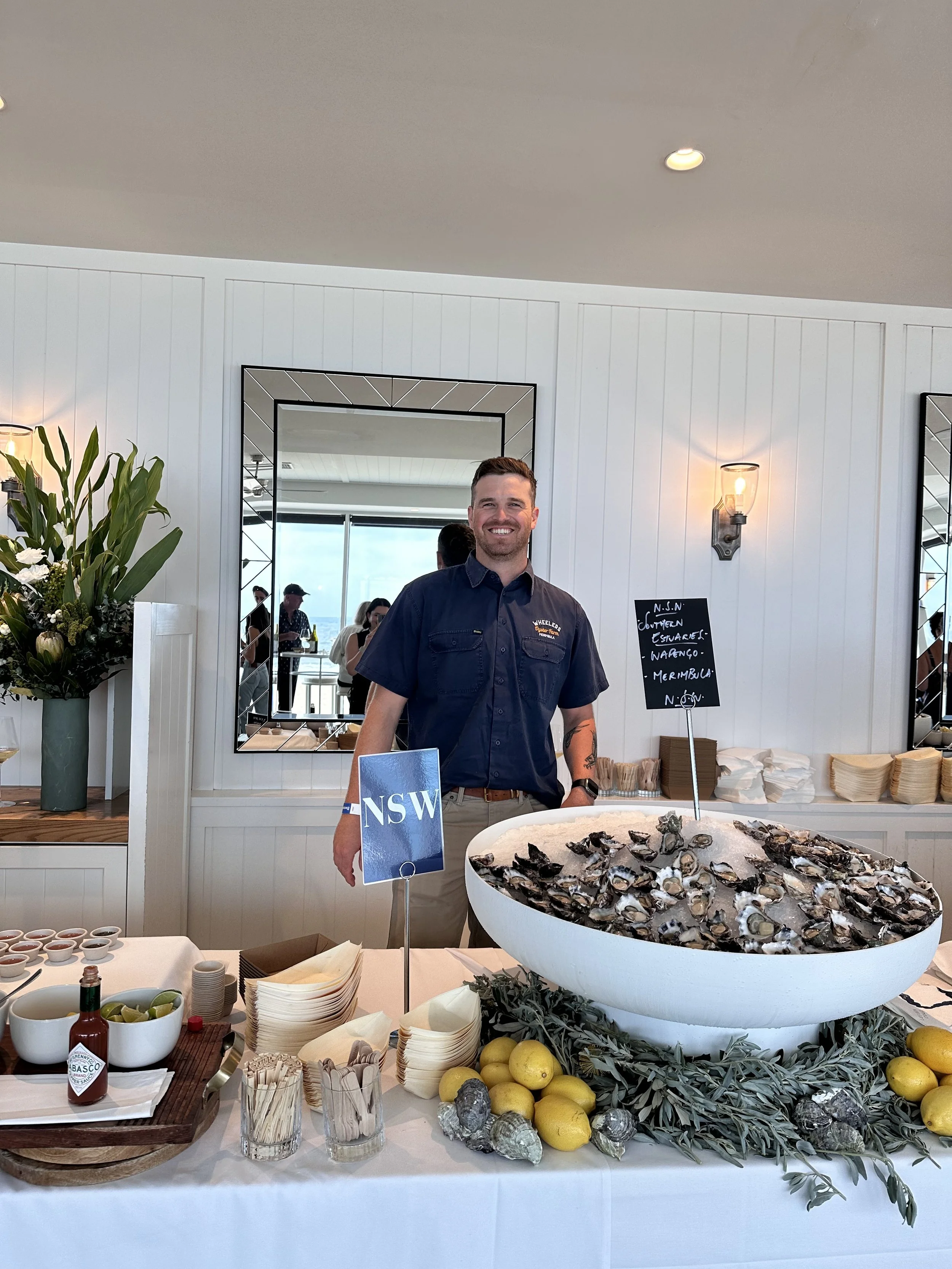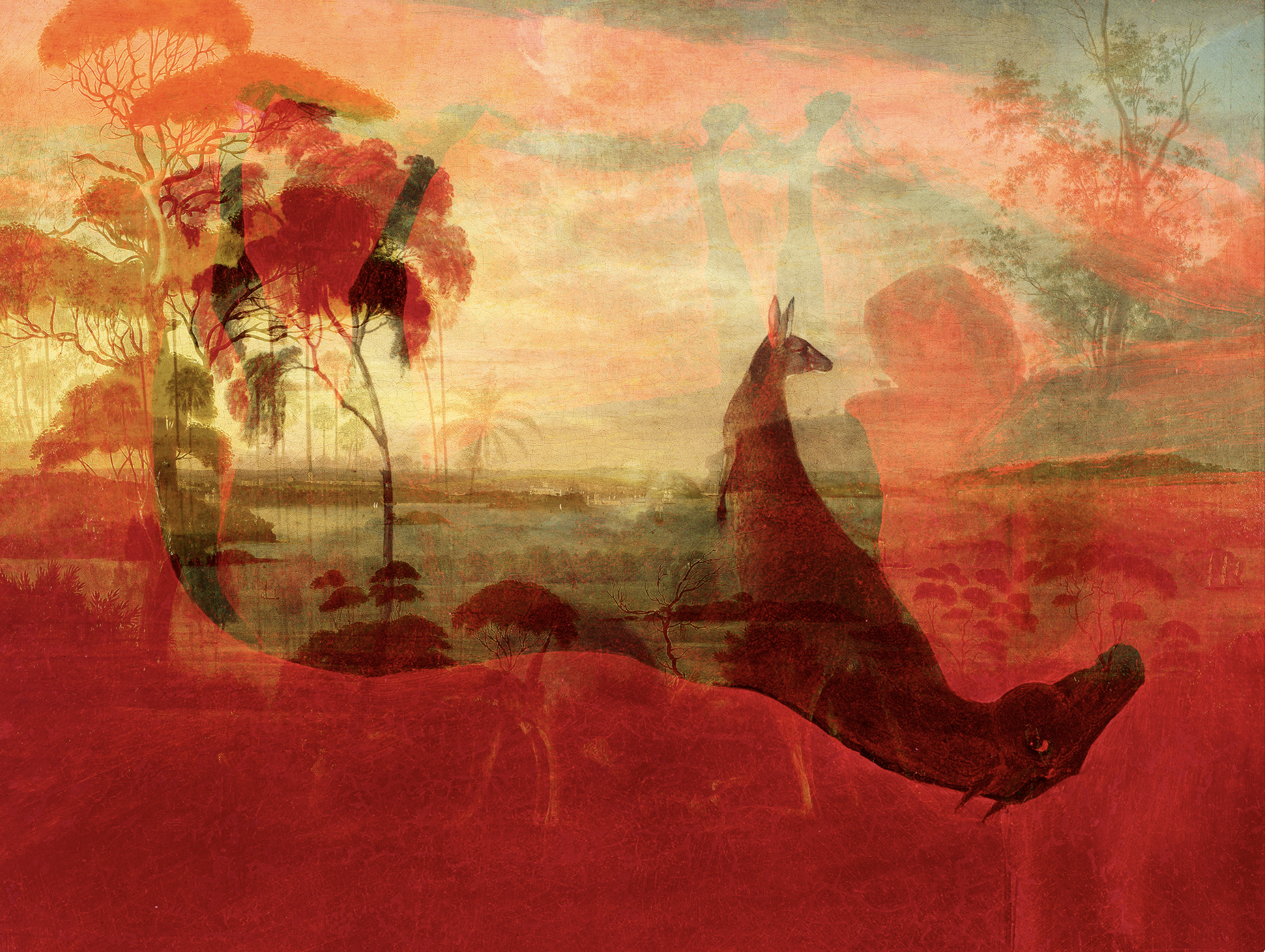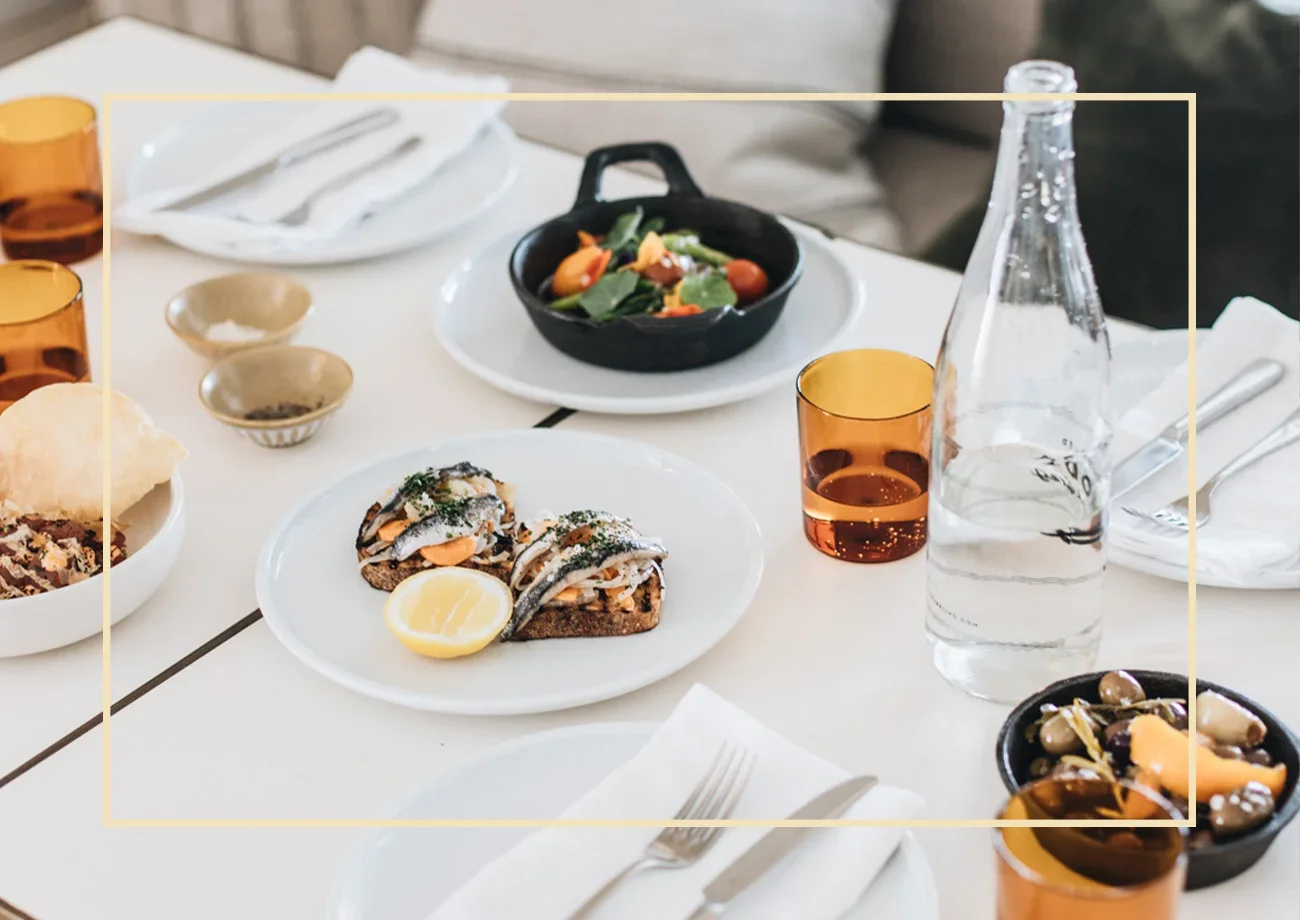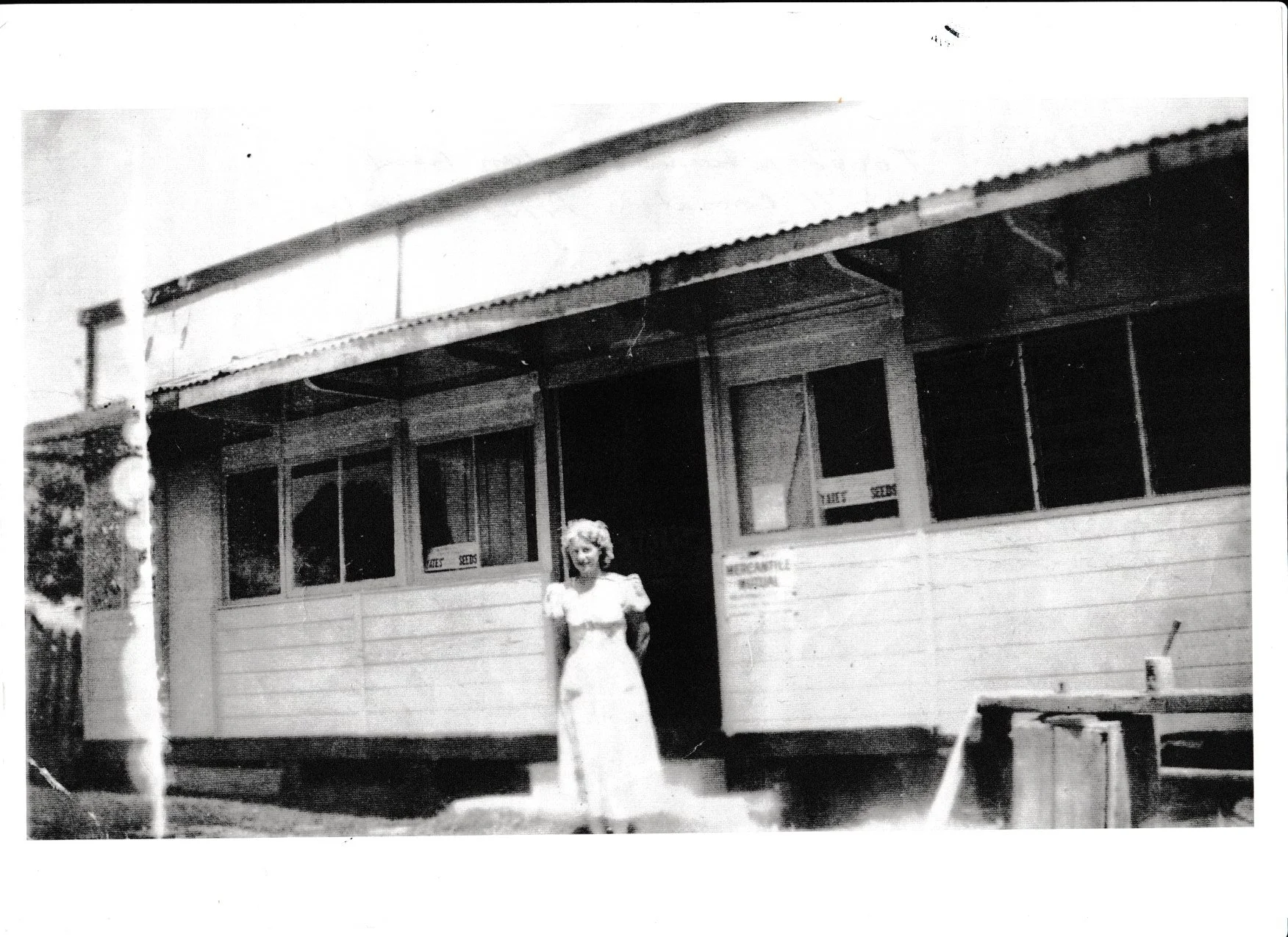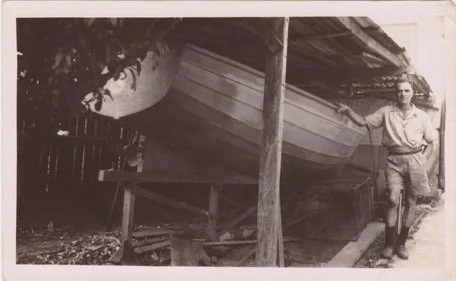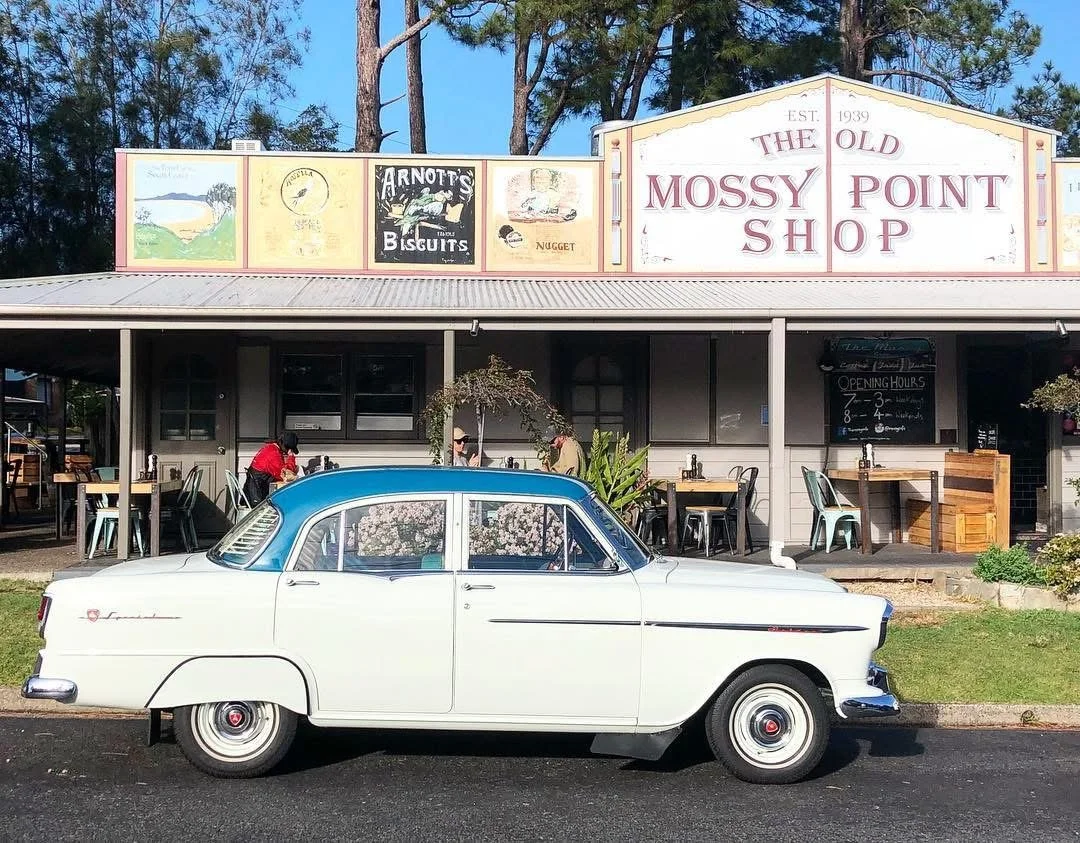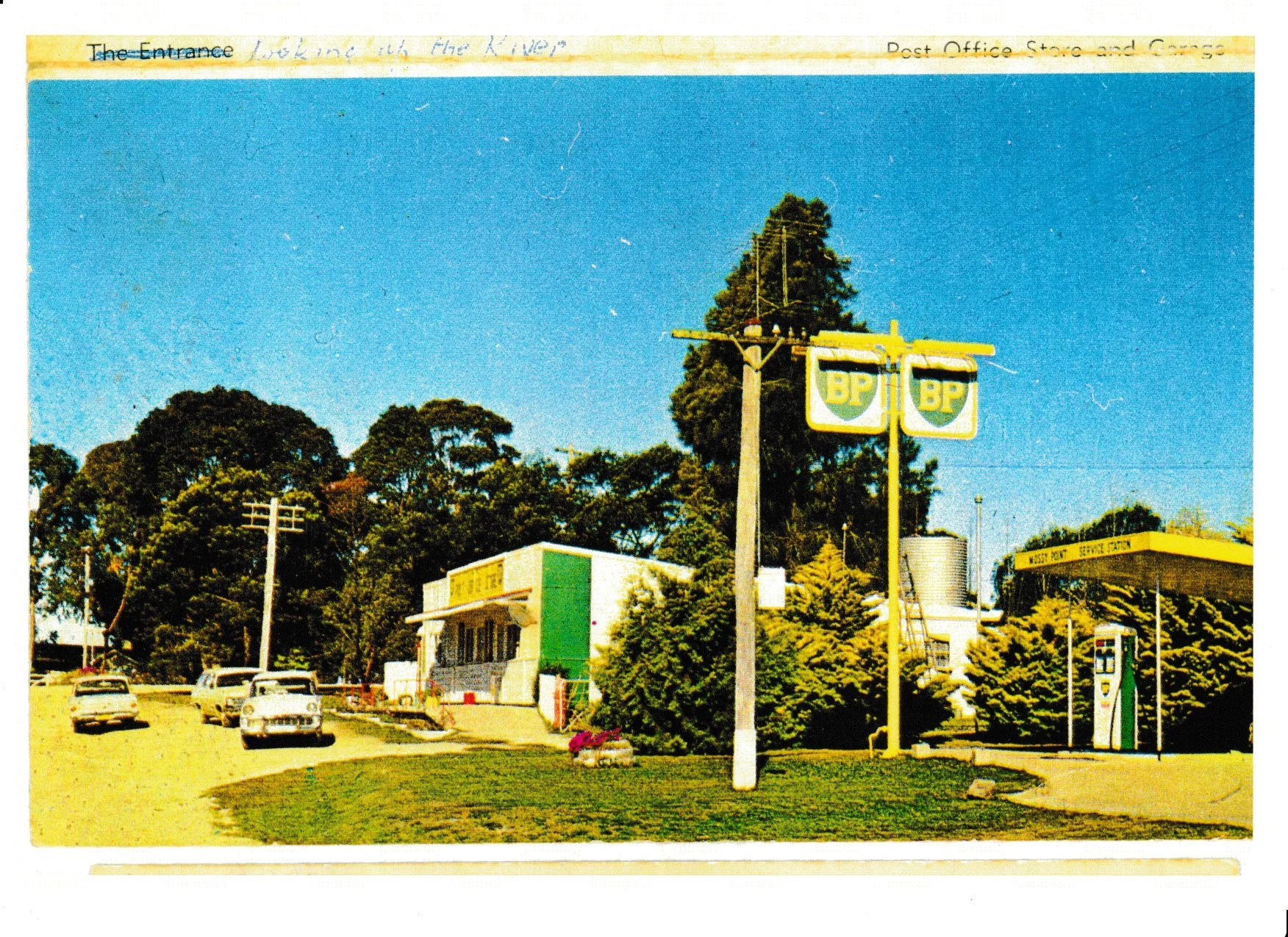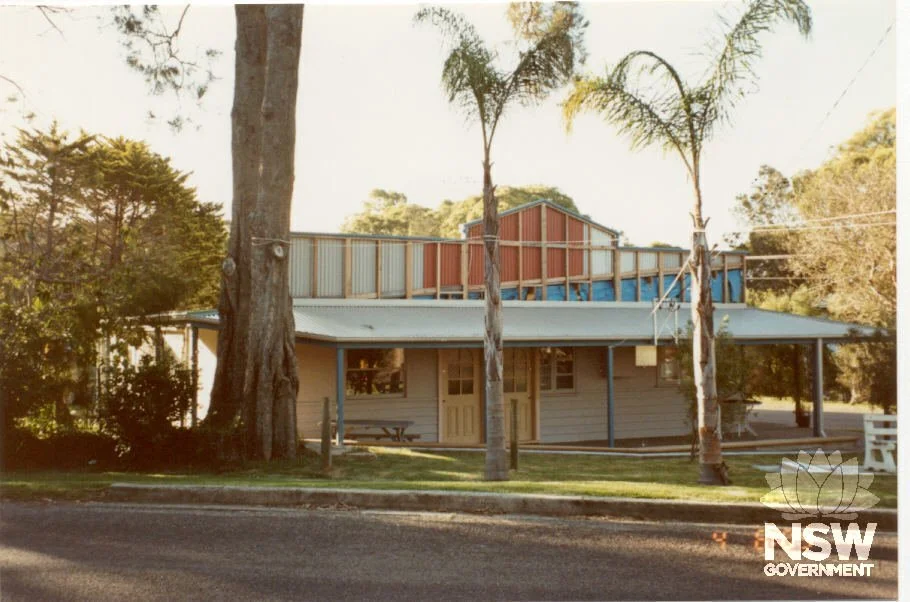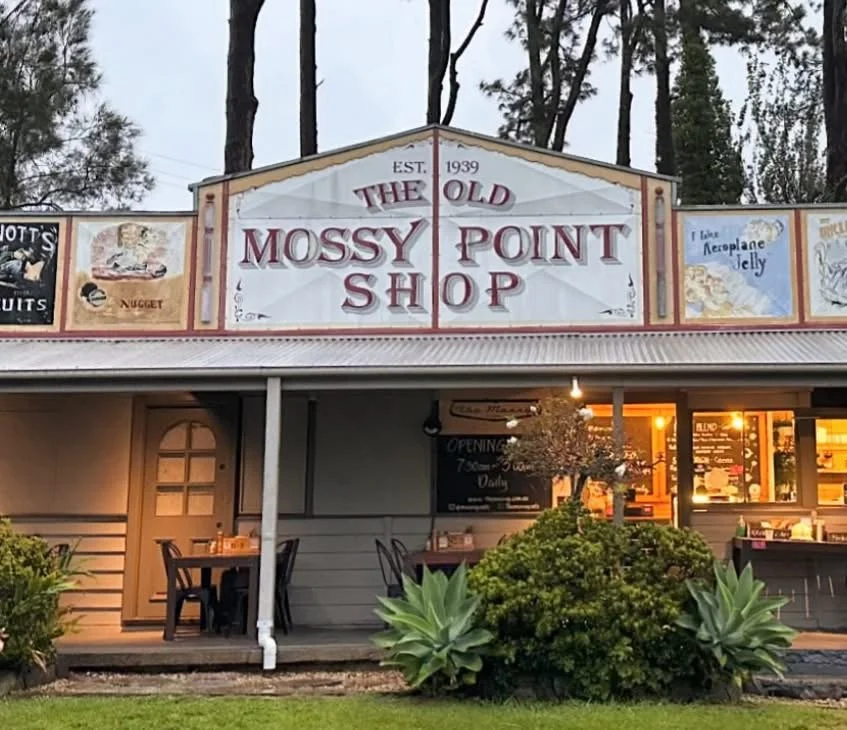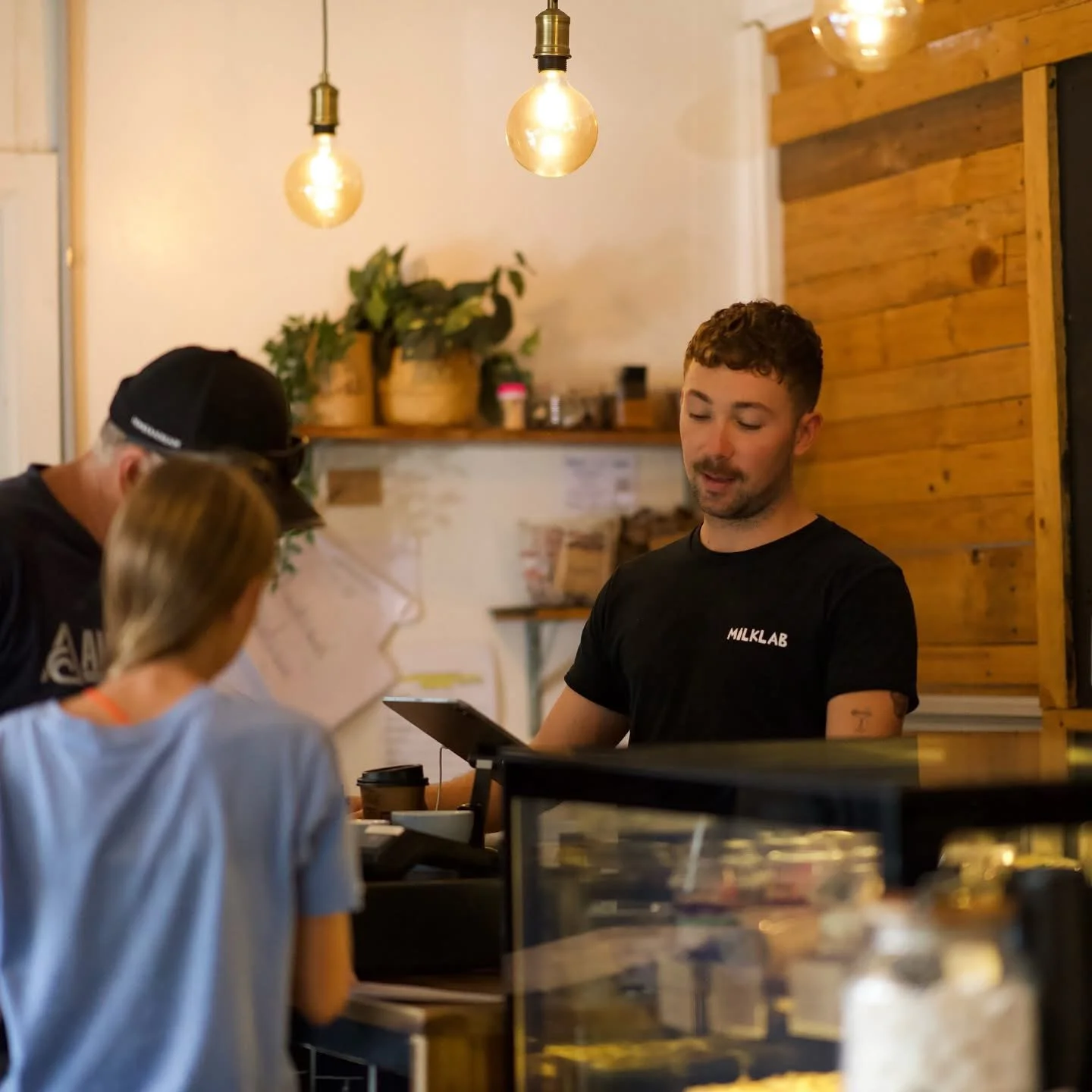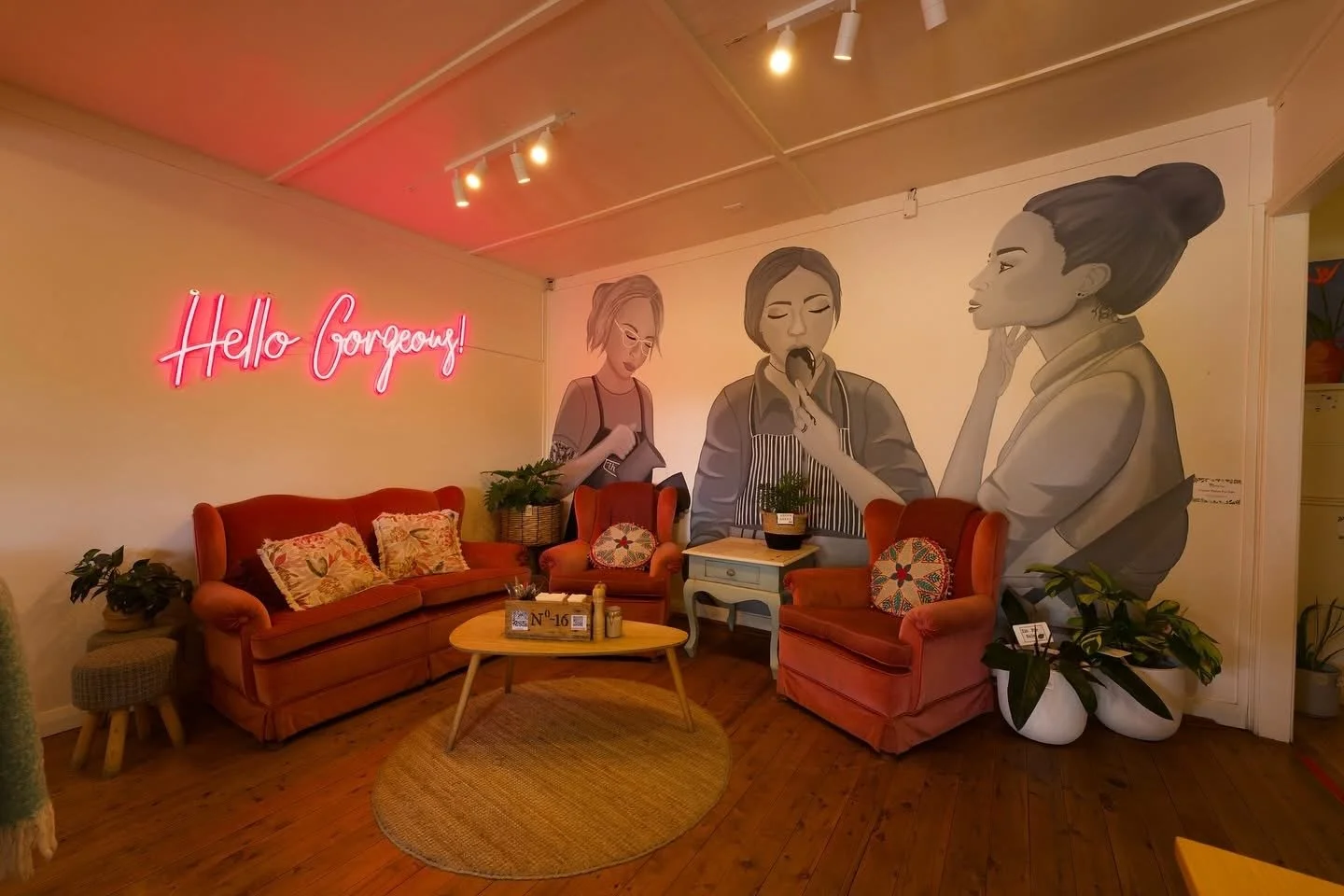The Regenerators: Cultivating Land, Sea & Soul
For many of us, work is like a whirlwind, wearing us down as it sweeps us through the daily grind of routine. But for others, their work is to cultivate. To work with the land, the sea or the soul to make something better, create something deeper, or restore something lost. These are the regenerators, the people who toil with the seasons, embracing the flow of nature’s rhythms, rather than battling against them. Their work is a dance, a slow process of patience and understanding. And although they work through very different elements and mediums, they each strive to leave a positive impact in their wake. Here, we tip our hat to some of Salty’s favourite Regenerators.
Whether it’s nurturing the environment, the body or the mind, regeneration is a process of net improvement, and that’s something worth celebrating.
By Carolyn Beasley
For many of us, work is like a whirlwind, wearing us down as it sweeps us through the daily grind of routine. But for others, their work is to cultivate. To work with the land, the sea or the soul to make something better, create something deeper, or restore something lost. These are the regenerators, the people who toil with the seasons, embracing the flow of nature’s rhythms, rather than battling against them. Their work is a dance, a slow process of patience and understanding. And although they work through very different elements and mediums, they each strive to leave a positive impact in their wake. Here, we tip our hat to some of Salty’s favourite Regenerators.
Farming for the future
For dairy farmers Mahlah and Kel Grey, their journey to regenerative farming was not born of idealistic green notions, but rather an economic imperative.
Tucked into the bucolic Kiama hills, the farm was founded in 1854. Taking over in 2008, the couple were confronted with an evolving and less profitable dairy industry.
“We weren't in a position where land acquisition or intensifying was an attractive or viable option for us,” Mahlah explains. Instead, the couple sought to reduce their input costs, starting with the grain-based feed. But how would the cows get enough nutrients from a pasture-based system?
“It led us down that rabbit hole of ‘We need to improve our pasture, we need more biodiversity, we need better management in the grazing systems,’” Mahlah says. Mahlah and Kel soon switched to a cross-breed animal that would perform better on this non-grain diet, yielding a higher fat and protein milk, albeit it at lower volumes. This would play into their new ambitions to create higher value products, like cheese and gelato.
“We were putting out fires as we went, that's probably why we didn't realise we were going down a regenerative path,” Mahlah laughs. Eventually, the couple paused, considering their farm on a whole-system level.
What followed included cell-based paddock rotation, where cows graze each paddock for only 12-hours, before being moved to the next. Each paddock is usually rested for 60 days between grazing. Soil and pasture are chemical-free, nurtured with the farm’s compost and biodynamic preparations involving cow horns and silica. In winter, a diverse cover crop is added.
“We put on a lot of nitrogen fixing peas this year, which came out as really pretty purple flowers in the paddock,” Mahlah explains.
Intertwined with the science, is a desire to work gently; an understanding of the power of rest, for pasture, for cattle, and also themselves.
“We’ve stopped milking the cows year-round,” Mahlah says. “We now calve them all down in spring and milk them for a season, and then we dry them off coming into winter, and they get a rest, and we get a rest, and then we start the process again.”
Mahalah and Kel sell their regeneratively farmed products in their store, The Pines Panty in Kiama. They also hold farm ‘pop-up’ events, where the public can meet animals and experience farm life. For Mahlah, it’s gratifying to see people, especially the younger generation, forming connections with nature.
“I know from having my own kids here, they have a whole different understanding and ability to be present in a landscape,” Mahlah says. “My youngest, she'll catch any bug. And I had to pull her up and be like, ‘Babe, we have to talk about the type of spiders you're handling.’”
Unlike kids, adults often hold tightly to traditional ways. But for Mahlah, it’s important to let go.
“I know for us, the majority of the changes we made only came through a mindset shift first, Mahalah says. “And that's my biggest takeaway. In any space that you are working in, if you have very set paradigms around that, it's really, really hard to create that change.”
Saltwater inspiration
Cultivating food with care and patience is not restricted to the land, and for James Wheeler, his farming takes place in the saltwater of Merimbula Lake. James is a second-generation oyster farmer, continuing a legacy that he doesn’t take for granted.
“Hopefully when my kids are at that age, they have the opportunity to take it on if they want, too,” James says.
For James, the lifestyle is part of the draw. Saltwater and sunshine are his daily tonic.
“I grew up surfing, so I've always been in and around the ocean,” James says. “I really appreciate being able to go out on the lake, especially on still mornings.”
With each oyster taking around three-and-a-half or four years to reach market size, it’s definitely a slow food. Oyster farming is inextricably linked to nature’s rhythms; the seasons, the tides and the daily whims of south coast weather.
“It’s an early start, about seven,” James says. “We usually try to go out in the morning when the wind's not up, because the wind just makes the easiest jobs hard.”
James says that if he’s harvesting oysters, he’ll zip down to his lease area near the entrance of Merimbula Lake. But the main job of oyster farming is thinning out the oysters in the mesh bags, using a size grading machine.
“If the oysters are too dense in the bag, it stunts the growth,” James explains. “So, our job is to try and keep the oysters as comfortable as possible.”
Then there’s the repetitive job of flipping bags of oysters, exposing the oysters to air for up to a week at a time to remove marine fouling organisms. It can be hard work, especially if conditions are less than ideal.
“One of the good things about technology is we can sort of predict the weather, and if it’s looking terrible, we’ll try and do what we need to the day before,
But some days, you just have to go out there and just grit your teeth. Put the rain jacket on and just try and stay warm.”
Nature hurls other challenges at oyster farmers, too. In recent years, south coast farmers have dealt with damaging ash from bushfires, heavy rainfall and oyster diseases such as Vibrio, a naturally occurring bacteria that can reach dangerous levels during prolonged underwater heatwaves. These events can all trigger health regulations and a temporary ban on harvesting oysters, sometimes for weeks at a time.
Oyster farmers need a thick skin and stoic resilience to combat these stressful and unpredictable events.
“It's like for any farmer, if their animals get sick, it's devastating,” James says “I think with farming in general, you don't know what's going to be around the corner. You’ve just got to try and plan ahead as much as you can.
Perhaps one of the best ways to plan ahead is to diversify the business, and this spring, James is launching oyster tours on Merimbula Lake.
“I'll be pointing out different techniques of oyster farming and the history,” James says. “And as we scoot across the water, there's a white table cloth set up on a table, with Champagne and lemons.”
Standing in the water with the guests, James will lead an oyster shucking master class, sharing decades of cumulative experience. By putting his own stamp on the family business, James hopes to be ensuring its sustainability for future generations.
Soulful stirring
From her home in the Shoalhaven, in the shadow of the Illawarra escarpment, artist Anna Glynn has fostered a deep connection to nature that manifests in her creative works. While she is known to document nature’s regeneration, the beauty in her art works also benefits the viewer, perhaps regenerating souls.
“I have a kind of dual layer in my works, whether they be video or sound or paintings or drawings, and so there's a deeper meaning,” Anna says. Sometimes Anna’s works contains sadness about the way humans are impacting nature, but first, people will be attracted to the beauty, and that can be spiritually regenerative.
Anna says her natural inspiration is often found in her forest home.
“We're surrounded by wallabies and wombats and lyrebirds, so it's just lovely to be somewhere where you're just part of nature with the other creatures,” she says.
With a backyard full of habitat, Anna has the chance to observe or record these animals at close range.
“I've got a low timber coffee table on the deck,” Anna explains. “The baby wombat went under it one night, and I didn't know, and I just heard this sort of horrible scraping, and I went out, and the whole table was just moving around!”
Then there’s the elderly wallaby that Anna has been filming, with his penchant for citrus fruits.
“I've got lovely footage of him from last week eating a whole orange, and then the juice was dripping down his hands, so he licks all the juice off,” Anna laughs. “This is my life, kind of sharing the space with nature.”
Over the course of her career, Anna’s work has touched on regeneration in literal sense, particularly after the 2019-2020 black summer bushfires. Anna’s home was in the path of the fires, and she was forced to evacuate. In a stroke of luck for Anna and heartbreaking misfortune for others, the winds changed. While Anna’s property was spared, many in Kangaroo Valley were not so lucky.
“I spent about four or five months recording, and I set up time lapse cameras at different people's properties and filmed all the lovely new growth and did sound recordings,” Anna says. “One of the most traumatic things was the lack of sound. It took six weeks before I heard an insect.”
This moving-image art work, called ‘Love kindness…walk humbly’ is part of the Australian Parliament House and National Museum collection.
“It's just been showing on a loop in Parliament House for months and months,” Anna says. “So, I like the idea that the parliamentarians can see it, just to acknowledge that's what the communities are living with.”
All along the nature-rich South Coast, we live immersed in the environment. And those that nurture the land, gently cultivate the sea, and nudge our consciousness through art provide us with the threads that tie us back to nature. Sometimes they’re obvious and often they’re hiding in our midst; these are the regenerators.
Crudo for the Win: A No-Cook Weekend Upgrade
You’ll find this kingfish crudo on the menu at Arlo—the in-house restaurant at The Oaks Ranch in Mossy Point. It’s part of a menu rooted in what’s local and seasonal, drawing on produce from the South Coast (the menu features things like sashimi‑style kingfish alongside dishes like prawn toast and market fish)
This crudo fits right in—it’s as simple as it sounds: thin, cured slices of kingfish, buttermilk, quick pickles, herb oil, maybe some flowers on top. Clean, fresh, and easy to do at home or enjoy at the table.
So it’s the weekend, finally. No big plans, just some well-earned downtime, a Netflix binge, and maybe a glass (or two) of Pinot Gris.
Sounds pretty good already. But... what if we took it up a notch?
Hit your local fish shop. Grab a few things from the grocer. Head home and lift your weekend game, with zero cooking required.
Below is the kingfish crudo recipe from The Oaks Ranch, and it’s kind of a showstopper. Clean, fresh, ridiculously tasty. Just a little prep, a bit of balance — and you’re done.
Why it works
Crudo is essentially raw fish — sliced, seasoned, and dressed. That’s it. But when it’s done right, it feels fancy without the effort. And because it’s served cold, it’s perfect for warmer days, no-oven nights, or those lazy “I want to eat well but do very little” moods.
The trick? Use fresh fish. Don’t mess with it. Let the ingredients do their thing.
What you’ll need
A good piece of kingfish
Buttermilk
Celery and cucumber, thinly sliced and pickled (recipes below)
Green herb oil (also below — easy)
Edible flowers if you're feeling it, but totally optional
When to serve it
This is a strong move for a weekend lunch or a warm night in with mates. Plate it up with a crisp wine and maybe a few salty snacks on the side. You’ll look like you’ve got it together — without trying too hard.
Kingfish Crudo with Pickled Celery, Cucumber, Buttermilk & Green Oil
Serves 6
Ingredients
300g kingfish fillet (skin off)
100g salt
300ml buttermilk
50ml green oil (see below)
Pickled celery (see below)
Pickled cucumber (see below)
1 punnet edible flowers (optional)
This one comes straight from Arlo, one of our favourite spots on the South Coast. At The Oaks Ranch, Mossy Point.
Method
Trim the fillet lengthwise down the centre to create two long halves.
Pat dry, then rub the fillet with salt. Cure in the fridge for 2 hours.
Rinse off the salt and pat the fish dry. Chill until ready to use.
Slice the kingfish into 5mm thick pieces — around 50–70g per serve.
Plate the slices. Pour over about 50ml of buttermilk per serve. Add a few drops of green oil.
Place rounds of pickled cucumber and celery on top.
Add edible flowers if you like — or don’t.
Green Oil
Ingredients
1 bunch basil (leaves picked)
1 bunch parsley (leaves picked)
1 bunch chives
100ml grapeseed oil
Method
Bring a pot of water to the boil. Blanch herbs for 1 minute.
Refresh in iced water. Squeeze out all moisture.
Blend with grapeseed oil until smooth.
Infuse overnight. Strain through a filter or muslin cloth.
Pickled Celery & Cucumber
Make them ahead — they’ll keep for days in the fridge.
Base Pickling Mix
250ml rice wine vinegar
100ml water
1 tbsp sugar
1 tsp salt
Slice cucumber and celery thinly. Heat the pickling mix until sugar dissolves. Pour over veg. Cool, then refrigerate.
It’s straightforward, considered, and relies on quality over complication.
If These Walls Could Talk
"If these walls could talk," Belinda muses, "they'd probably say we're a resilient bunch. They'd talk about the family we've created-staff who've become lifelong friends, customers who've become family. They'd tell you about watching people's eyes light up when you place a perfect plate in front of them, because that's what this is really about. Food is just my love language. Connection is what we're really serving."
The Stories Held Within Mossy Point Cafe.
If the weathered walls of Mossy Point Cafe could speak, they'd tell you about the time they saved lives. Not in some dramatic way, but in the quiet way that only a place with deep roots can manage.
It was the week before Christmas 2019, when the fires came. Communications were down. Eftpos machines dead. Families found themselves stranded with empty wallets and emptier pantries. Outside, chaos reigned. But Belinda found herself standing in her darkened kitchen, miner's headlamp cutting through the blackness, making a decision that would define everything the café represents.
"We had thirty thousand dollars worth of food that would spoil," she recalls, her voice carrying the weight of that moment. "People were desperate. Families with no money, no food, no way to get either. So we just... cooked it all."
For days, with no electricity but plenty of gas, Belinda and her team worked by headlamp. They turned spoiled food into meals for families who needed them. Thousands of eggs. Kilos of bacon. Everything they could salvage became sustenance for a community in crisis. It wasn't charity, it was what neighbours do for neighbours. What family does for family.
The building itself carries stories in its bones. Originally part of Moruya Hospital, it was relocated to this quiet Mossy Point street in the early 1940s. It was one of only two shops serving the area. Since then, it's been many things. A milk bar where children pressed pocket money into eager palms for penny lollies. A scuba shop outfitting underwater adventurers. A beloved muffin shop that drew customers from across the coast.
Each iteration left its mark. Not just in the pressed metal ceilings or vintage advertisements that still grace the exterior, but in the collective memory of a community that has always gathered here.
When Belinda first walked through these doors a decade ago, she came with no grand plan. She was a Canberra-based pet care business owner looking for a career change. She describes her entry into hospitality with characteristic honesty: "Blind ignorance, really. I knew nothing about café’s, nothing about the building's history. A friend asked if I wanted to go halves in a cafe business, and somehow I said yes."
What was meant to be a six-month setup became a ten-year love affair.
The first time I realised this was more than just a cafe was when customers started sharing their stories," Belinda reflects.
"People would come in and tell me about buying lollies here as kids. Or about the scuba gear they'd purchased decades earlier. I'd meet elderly folks who'd actually lived in this building when it was still a house."
"Suddenly, I understood, I wasn't just running a business. I was stewarding something much bigger.
The cafe’s layout still reflects this residential history. Visitors often hesitate at the threshold of the "nanna's lounge"- a pink-hued room that feels so much like stepping into someone's living room that first-time customers worry they're intruding. The blue room holds similar intimacy. It's this domestic quality that makes The Mossy feel less like a business and more like coming home to a place you've never been.
But it's the consistency that has made the cafe legendary. In a world where opening hours are suggestions and quality varies with the mood, The Mossy stands dependably. Open every day. Familiar faces behind the counter. Some, like manager Dean, have been there nearly a decade.
"We have customers like Mike and Joyce who come in every single day for their coffee," Belinda shares. "When they don't appear for a few days, former staff members who've moved on will check in: 'Have you seen Mike and Robin? Are they okay?' That's when you know you're more than a business, you're part of people's lives."
This reliability was tested during the fires, but it held. When the community needed them most, the doors stayed open. The coffee kept flowing. The sense of sanctuary remained intact. It's a trust built over years of small, consistent acts. Remembering how you like your coffee. Asking after your dog by name. Being the place that's always there when you need it.
"If these walls could talk," Belinda muses, "they'd probably say we're a resilient bunch. They'd talk about the family we've created-staff who've become lifelong friends, customers who've become family. They'd tell you about watching people's eyes light up when you place a perfect plate in front of them, because that's what this is really about. Food is just my love language. Connection is what we're really serving."
The walls have witnessed transformations beyond the physical. They've seen Belinda evolve from corporate refugee to passionate chef. She spent countless midnight hours perfecting recipes, finding in the quiet kitchen a sanctuary where she could lose herself in the flow of creation. They've watched Dean grow from teenager to young man, now running operations with the confidence of someone who's found their calling.
Most significantly, they've housed countless moments of connection. Celebrations of life's big events, yes, but more importantly, the small daily rituals that build community. The unqualified therapy sessions over coffee. The gentle check-ins with elderly customers who might not speak to another soul for days. The way former staff members return not just as customers, but as family.
In an era where authentic community spaces are increasingly rare, The Mossy represents something invaluable. It's a community space that bridges home and work, past and present, visitor and local. It's unassuming enough to blend into the suburban streetscape, yet significant enough to anchor an entire community's sense of belonging.
If these walls could talk, they'd probably tell you to stop overthinking it. Come in. Sit down. Order the coffee. Say hello to Dean. Become part of the story that's been writing itself for decades, one cup at a time.
The cafe’s success lies not in transformation, but in understanding. Recognising that some things are worth preserving exactly as they are, while others need careful evolution. The charm remains, enhanced by modern efficiency. The heart stays the same, strengthened by consistent care.
These walls have absorbed decades of stories, witnessed countless iterations, and weathered literal and metaphorical storms. Under Belinda's stewardship, they've become something the community can depend on. A place that's always open, always welcoming, always ready with good coffee and a familiar face.
"We're just the local cafe," Belinda says with characteristic understatement. "But maybe that's exactly what people need."
If these walls could talk, they'd probably tell you to stop overthinking it. Come in. Sit down. Order the coffee. Say hello to Dean. Become part of the story that's been writing itself for decades, one cup at a time.
Mossy Point Cafe is located at 31 Pacific Street, Mossy Point. Open daily.





